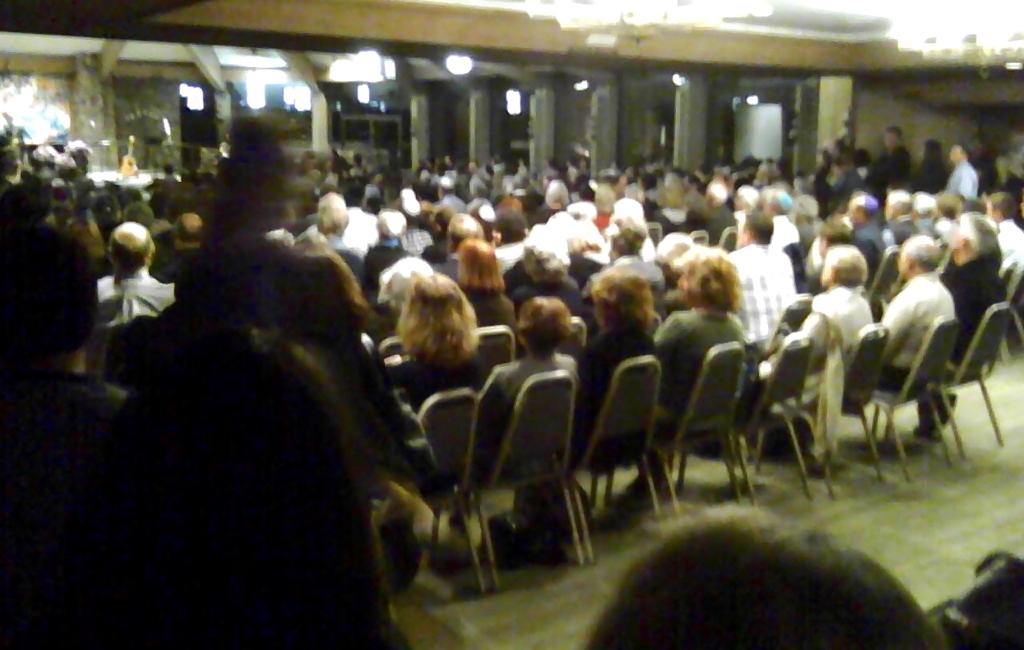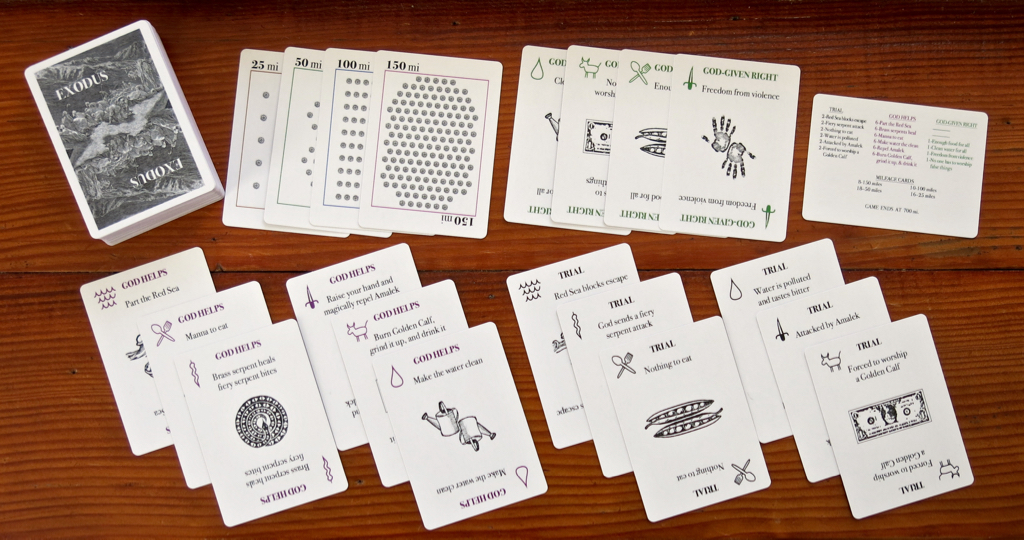Another story for liberal religious kids.This story comes from Babylonian Talmud, Kethuboth 105b.
The Rabbis taught that if you are going to judge a case between two people, you must not accept any kind of money or gift from either person, you must not accept anything that might look like a bribe. You must show everyone that you will remain completely neutral, and completely honest.
Obviously, a judge should not accept money from either person in a lawsuit. But the rabbis taught that a judge must be so honest that he or she does not accept anything, no gifts, no favors, not even a kind word.
To show what they meant, they told this story:
Once upon a time, Rabbi Ishmael rented part of his land to a tenant-farmer. The tenant-farmer paid part of the rent by bringing fruits and vegetables to Rabbi Ishmael every Friday, the day before the Sabbath day.
But one week, the tenant-farmer brought some fruit to Rabbi Ishmael on a Thursday — a big basket full of luscious, ripe grapes. Rabbi Ishmael loved grapes, but before he took the basket he said, “Thank you for bringing the grapes, but why do you bring me grapes on a Thursday, instead of your regular day, Friday?”
“It’s like this, Rabbi,” said the tenant-farmer. “I have a lawsuit, and I would like you to be the judge for this lawsuit. And as long as I was coming up here to talk to you about being the judge, I thought I’d bring your regular weekly delivery of fruit. So I brought you your basket of grapes.”
“No, no,” said Rabbi Ishmael, “I cannot be your judge. Take the grapes back to your house, and I will go find two other rabbis to act as judge for you.”
Confused, the tenant-farmer took the basket of grapes back to his house, even though they were really Rabbi Ishmael’s grapes.
Rabbi Ishmael went out to find two other rabbis to act as judge in the lawsuit, and brought them to meet the tenant-farmer. The two other rabbis began to ask the tenant-farmer about the lawsuit, and the tenant-farmer answered as best he could.
Rabbi Ishmael stood to one side, watching and listening, and he thought to himself, “Why doesn’t the tenant-farmer give better answers?” At one point, Rabbi Ishmael was on the point of breaking in and telling the tenant-farmer what to say, but he caught himself in time.
“Look at what has happened to me,” said Rabbi Ishmael to himself. “Here I am, secretly hoping that the tenant-farmer will win his case, and I didn’t even accept a bribe. I didn’t even accept the grapes that were really mine, but came a day early. What would I have done if I had accepted a real gift, a real bribe!”


